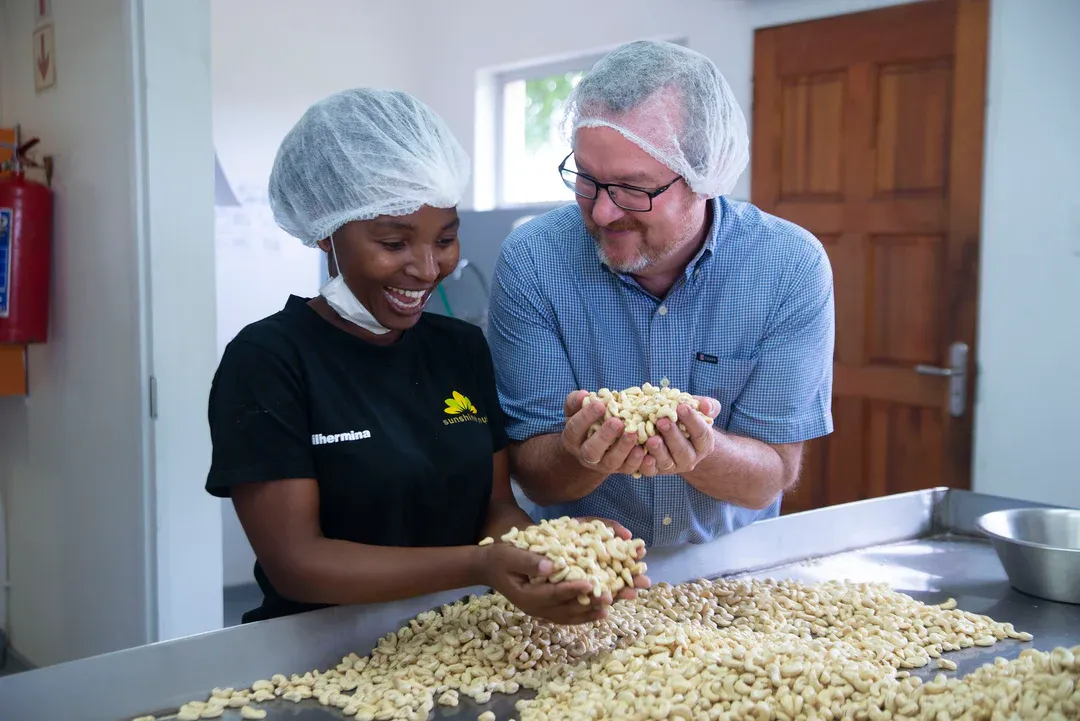
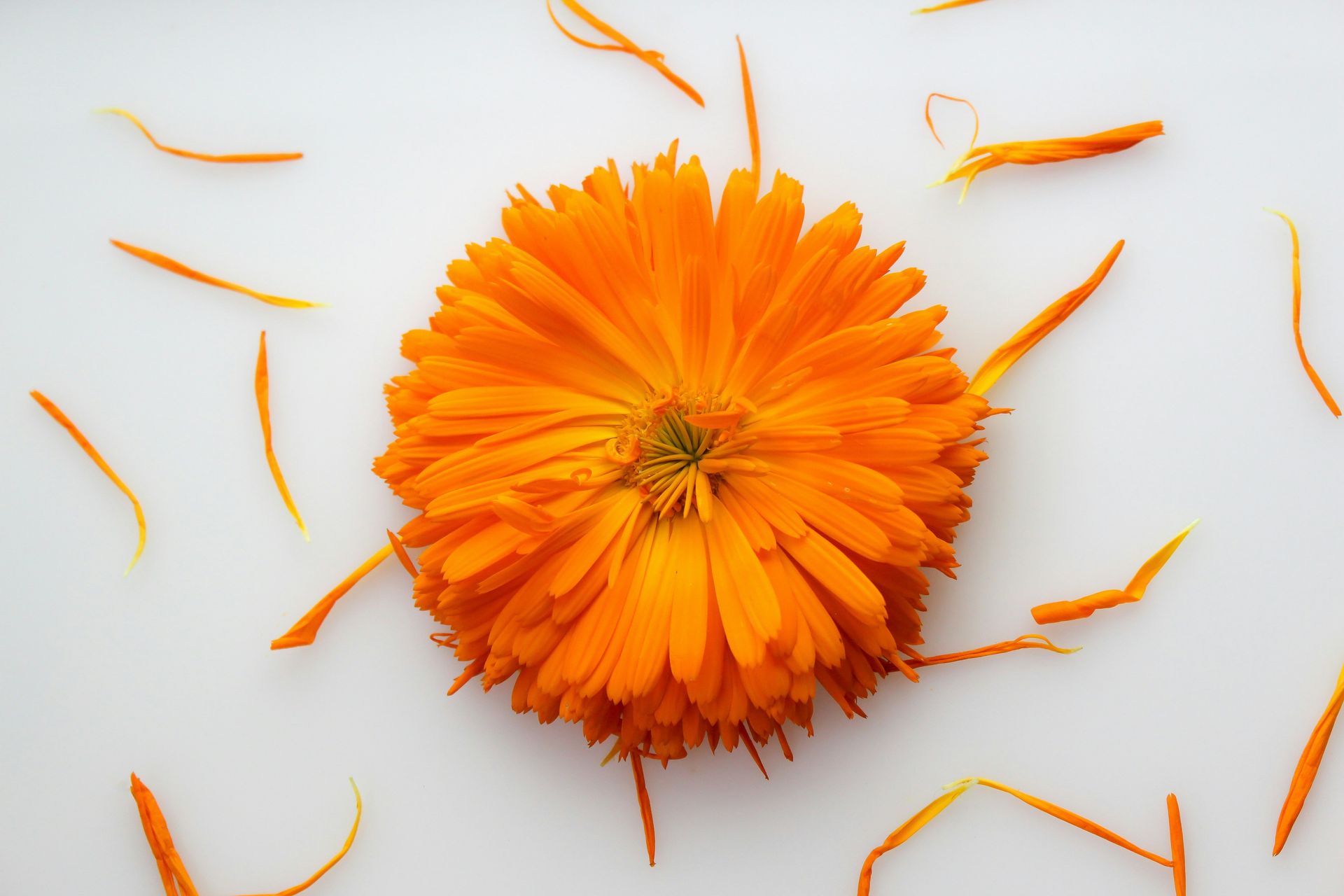
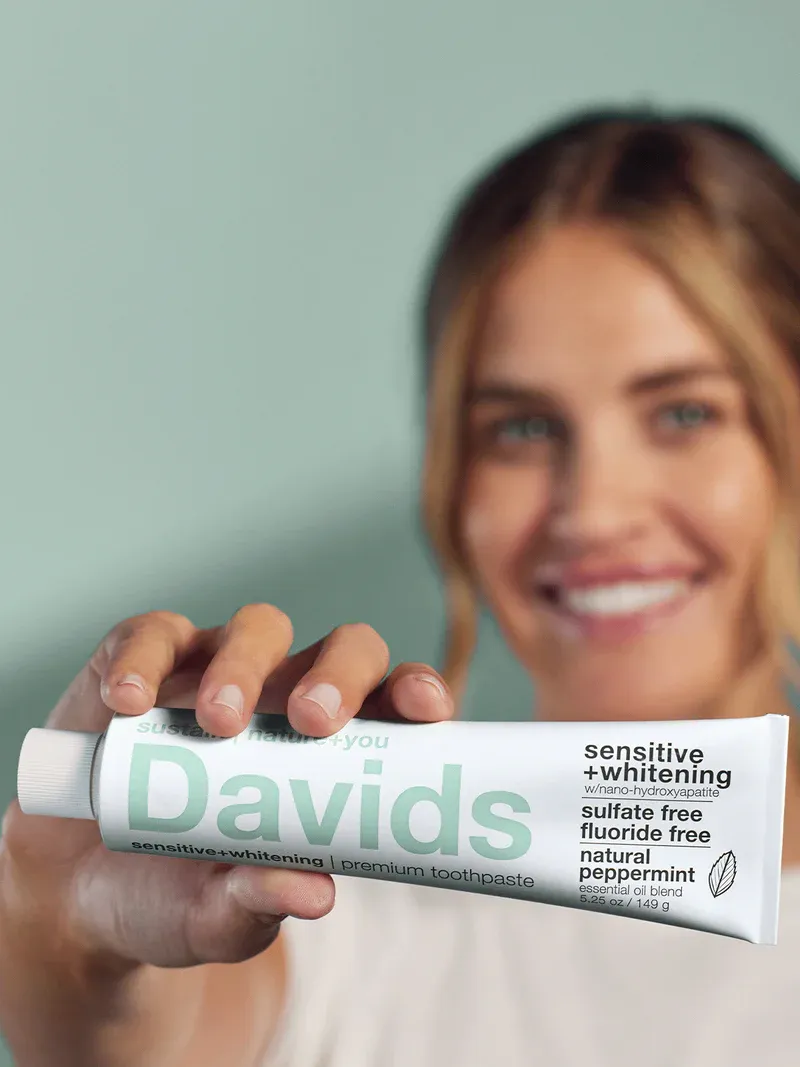


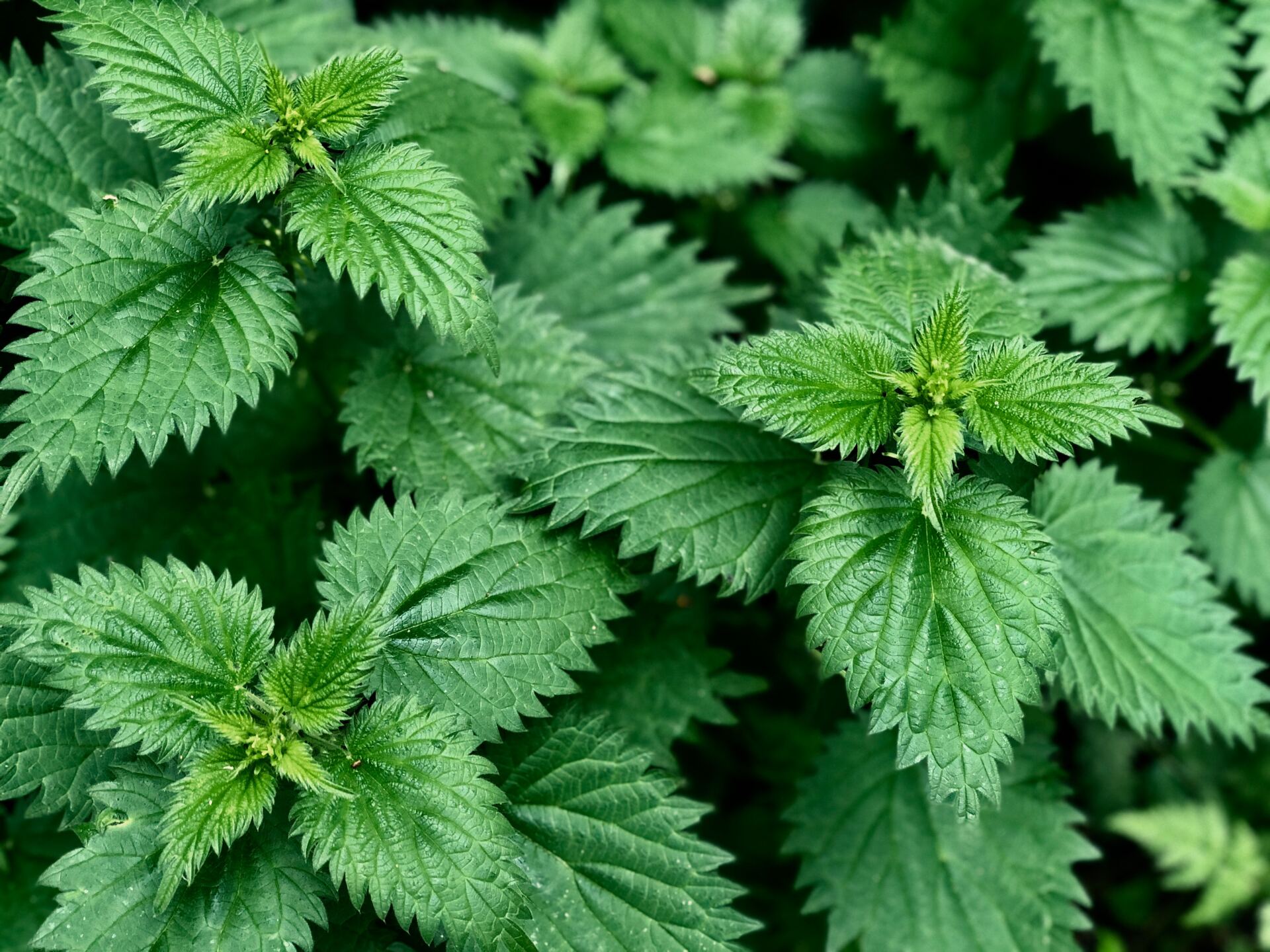



1. Combat food waste.
In the United States, up to 40% of food goes uneaten, according to the Natural Resources Defense Council. While not all of that happens at home, we can still do our part in the kitchen. Planning meals and keeping track of what we have on hand are good places to start. You can also find creative ways to use food that might usually be tossed. Try turning radish greens into pesto or saving citrus peels to infuse vinegar for cleaning purposes.
2. Walk when you can.
We know that, in plenty of places around the world, giving up on cars entirely isn’t really practical. But whenever we are able, swapping four wheels for two feet (or two wheels) is a way to reduce reliance on fossil fuels and get some exercise. Where you live, that might be as simple as parking once then walking from store to store when you run errands.
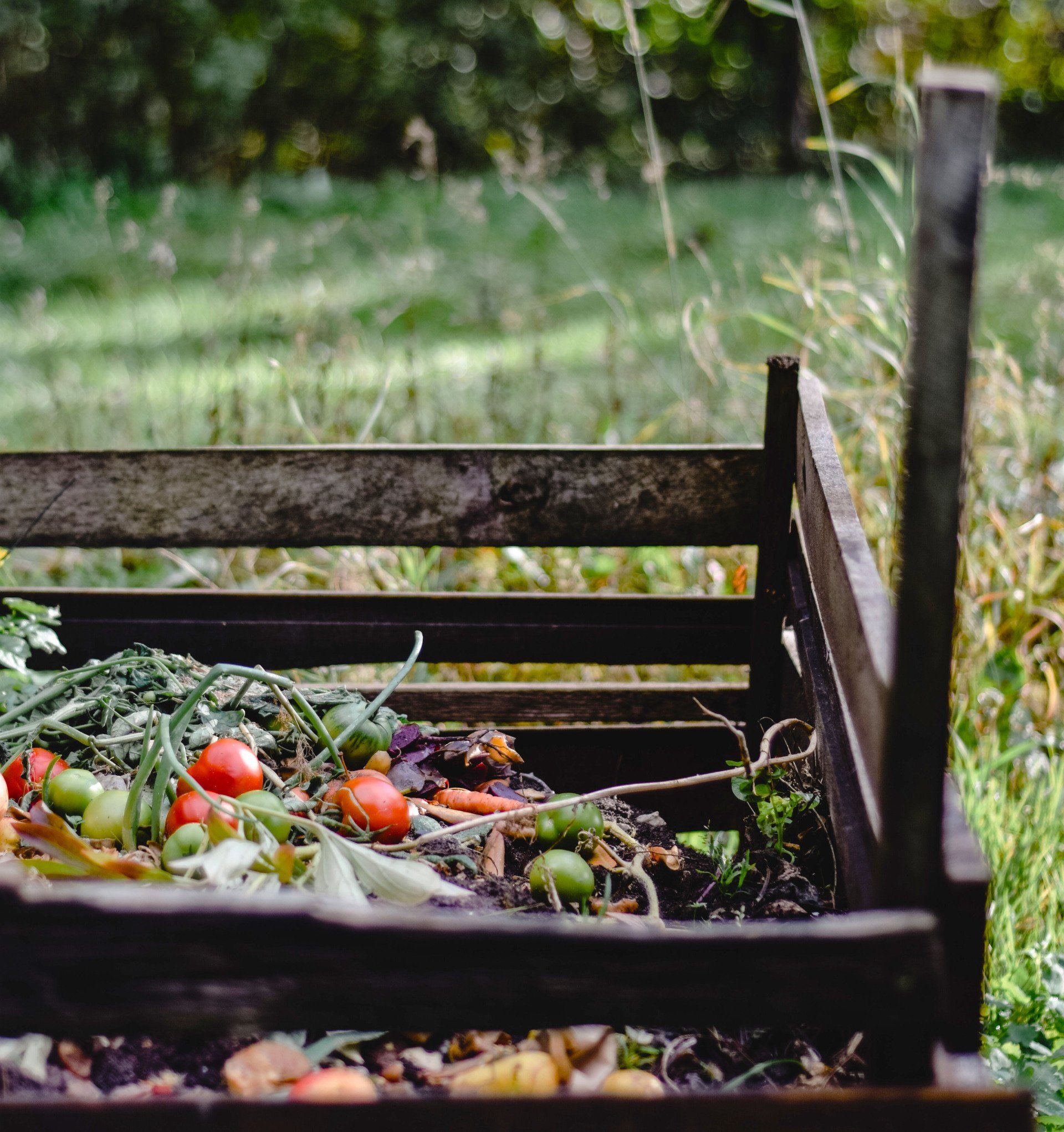
3. Compost.
More than 28% of what we toss in the garbage is actually compostable, according to the U.S. Environmental Protection Agency. Instead of throwing away food scraps and yard waste, compost it — and turn “trash” into “treasure” for your garden or lawn.
4. Choose local and organic.
When you buy local, not only are you supporting a neighbor or friend, but you’re also cutting down on the number of miles your goods have to travel to get to you. And, when you buy organic, you’re supporting a form of agriculture designed to help offset climate change instead of contributing to it.
5. Combine your trips.
Instead of running out to pick up one item or driving back and forth across town, could you wait until you need a few items — or plot your route so you’re not adding extra miles? This approach may also save you time and money.
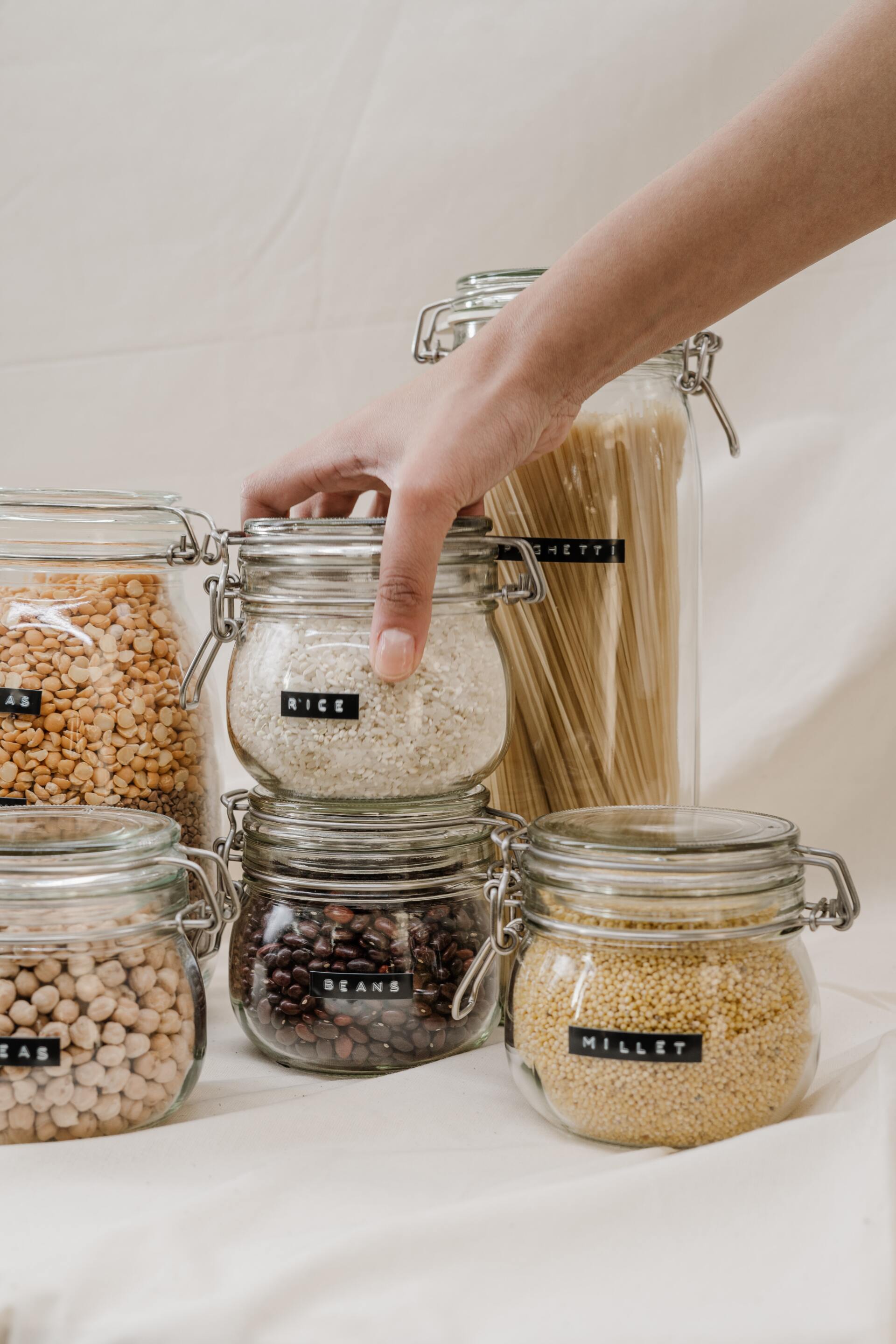
6. Make small changes.
We don’t have to spend a lot of money or devote our whole lives to conservation in order to help the planet. Focus on the small stuff:
7. Buy what you need — and really love.
We can get just about anything within a few days and a few clicks. And while that convenience is wonderful (especially when it comes to keeping your favorite herbal products on hand), it can also mean we buy things we don’t end up using or don’t really like.
Shift your mindset from “buy now” to “buy only what you love.” Sometimes waiting a day before you buy can also help prevent those impulse purchases you regret.
8. Support environmental organizations.
Donate, volunteer and spread the word about groups that help protect the planet, like United Plant Savers. Your support helps them help Mother Nature.
Little everyday actions add up to protect the planet.
At Herb Pharm, our mission is to create the highest quality products possible. We're committed to educating people to practice safe, effective herbalism. We believe that our work can inspire more love for plants and respect for Nature and that it will improve the health, happiness and harmony of the Earth and all of its people.










Please give us a call for today’s deli hours as they can vary due to staffing.
Grab and go options are always available until close.
FEDERAL WAY
Monday-Saturday: 8 am - 8 pm
Sunday: 9 am - 7 pm
Please call for current deli counter service hours. Grab and go options available until closing.
2565 S. Gateway Center Place
Federal Way, WA 98003
TACOMA
Monday-Saturday: 8 am - 8 pm
Sunday: 9 am - 7 pm
Please call for current deli counter service hours. Grab and go options available until closing.
2951 S. 38th Street
Tacoma, WA 98409